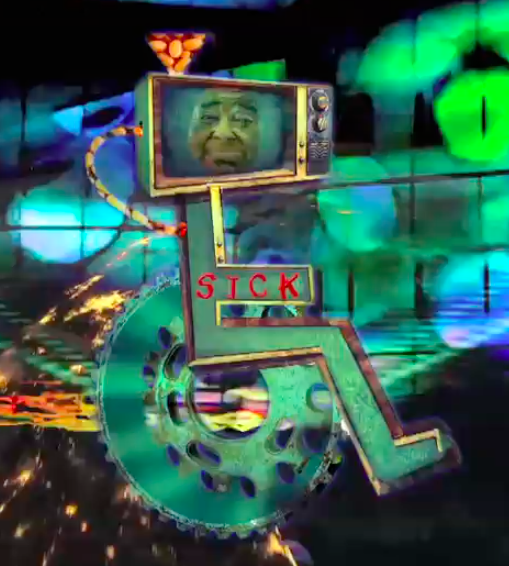Virtual Poster Series (ViP) #1: Traffic Lights
DOI:
https://doi.org/10.15353/cjds.v2i4.105Abstract
CLICK HERE TO VIEW THE VIRTUAL POSTER SERIES
This first set of posters, which will launch in tandem with the Cripping Cyberspace exhibition, profiles work undertaken by the m.i.a. collective that addresses “architectural ableism.” This first of a series of virtual posters deals with the "spatial enunciations" of the urban environment in relationship to the barriers, simultaneously physical and virtual, which prohibit people with physical disabilities from participating in civic life, on and off line.
Playing with the genre of the poster, m.i.a have created “Traffic Lights” where each of the 3 colours of the lights - Red, Yellow, Green- are used to present an inter-related triptych of m.i.a work. Each illuminated, animated square acts as a portal that allow internet browsers, lurkers, and researchers to access media content: Red takes you to a set of five video capsules titled Architectural Ableism; Yellow to Montreal*in/accessible and the Megafone website replete with geo-locational photographs taken by project participants; Green to the first in a video series by Laurence Parent called Cripping the Landscape.
How to Cite
Issue
Section
License
There are no article processing or submission charges for CJDS authors.
Author(s) are not required to assign their copyright in and to their article to the Canadian Journal of Disability Studies. Instead, The CJDS asks for one-time rights to print this original work.
All articles in the journal are assigned a Creative Commons Attribution-NonCommercial-NoDerivatives 4.0 International (CC BY-NC-ND 4.0) license.

Authors are asked to contact the journal Editor if they wish to post the article on any website; translate or authorize a translation of the article; copy or otherwise reproduce the article, in any format, beyond what is permitted under Canadian copyright law, or authorize others to do so; copy or otherwise reproduce portions of the article, including tables and figures, beyond what is permitted under Canadian copyright law, or authorize others to do so.
Contacting the Editor will simply allow us to track the use and distribution of your article. We encourage use for non-commercial, educational purposes.
Authors must provide proof of permission clearance prior to the publication of their work if they are including images or other materials that are not their own. Keep in mind that such clearance can at times be costly, and often takes time. The journal editor can often work with you to seek permissions if you need information, advice or assistance.


